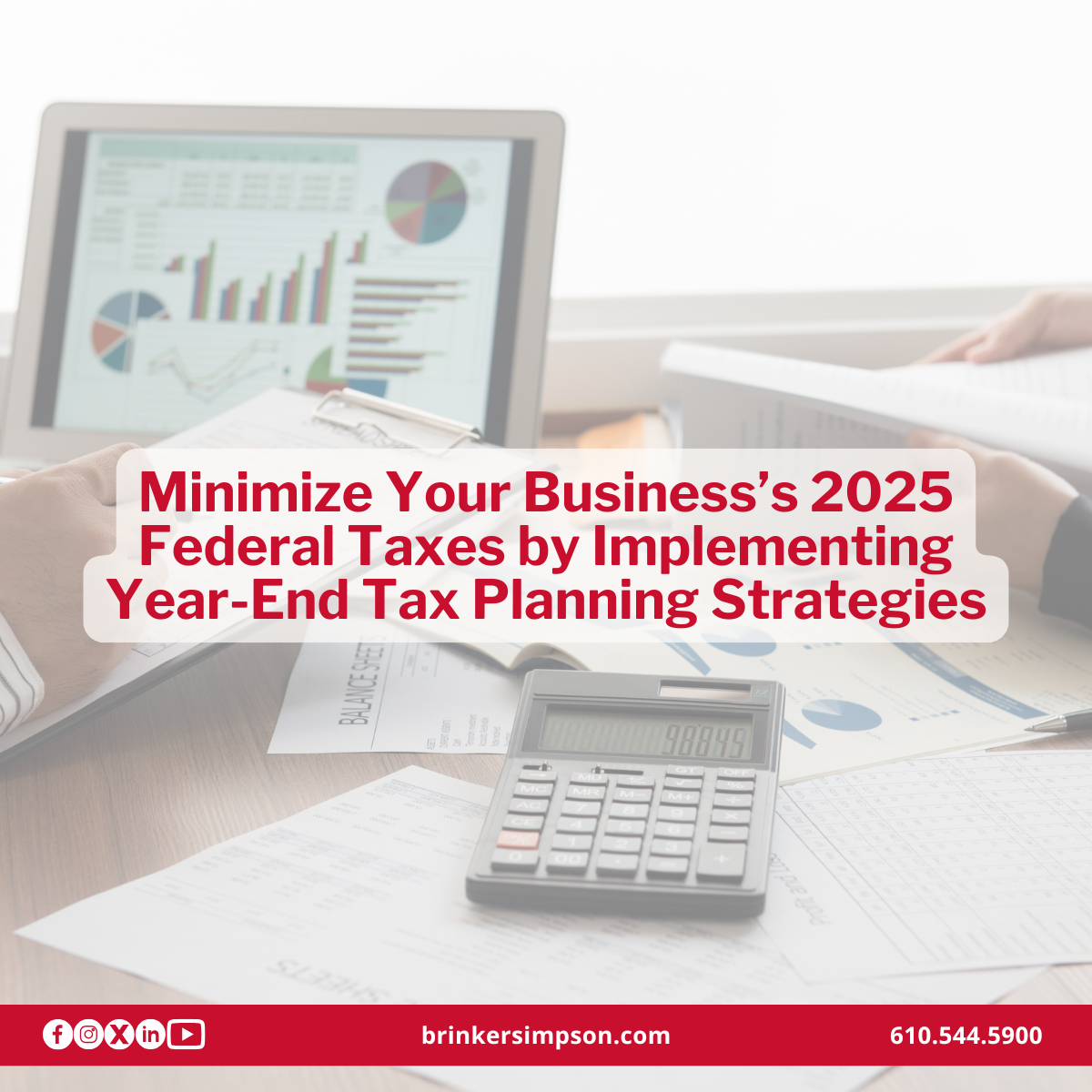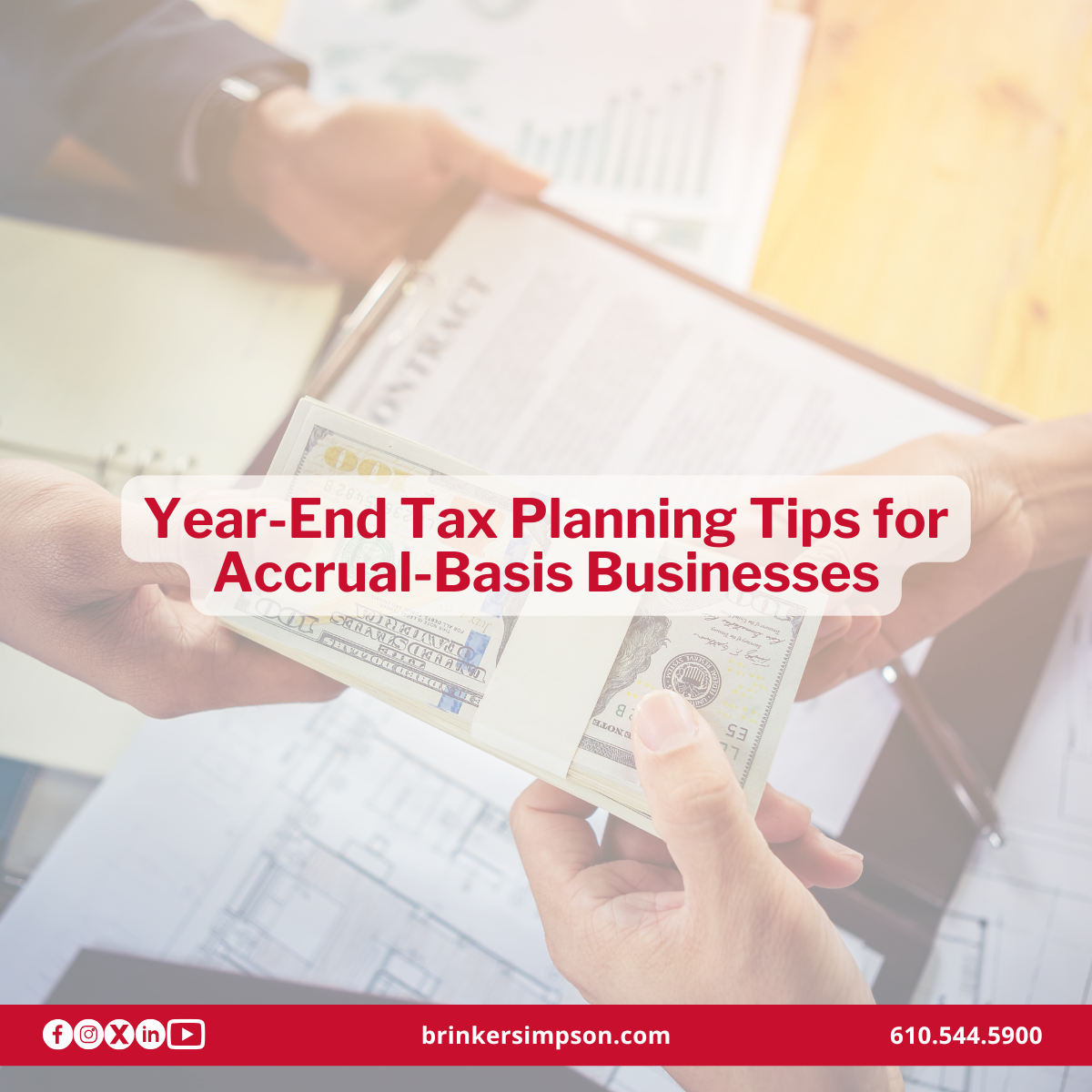Even successful businesses experience occasional down years. Fortunately, the federal tax code provides a way to help offset those losses, potentially reducing taxable income in future years. It's called the net operating loss (NOL) deduction, and it can be a valuable strategy for businesses facing fluctuating income.
Who Qualifies?
The NOL deduction helps level the playing field between consistently profitable businesses and those with income varying yearly. It allows eligible taxpayers to use losses in one year to offset taxable income in future years.
You may qualify for an NOL deduction if your allowable deductions exceed your annual gross income. Typically, losses must stem from:
• Business operations (including Schedule C or F losses or Schedule K-1 losses from partnerships and S corporations),
• Casualty and theft losses from a federally declared disaster, or
• Rental real estate activities (reported on Schedule E).
However, certain items cannot be used to calculate an NOL, including:
• Capital losses in excess of capital gains,
• Gains are excluded from the sale of qualified small business stock,
• Nonbusiness deductions that exceed nonbusiness income,
• The NOL deduction itself, and
• The Section 199A qualified business income deduction.
Who can claim it?
Individuals and C corporations are eligible for the NOL deduction. While partnerships and S corporations can't directly claim an NOL, individual partners and shareholders can use their share of business losses to calculate their personal NOL.
Key Changes and Limitations
The Tax Cuts and Jobs Act (TCJA) significantly changed how NOLs are handled:
• Carrybacks were eliminated (except for certain farming losses),
• Carryforwards are allowed indefinitely, and
• NOL deductions are capped at 80% of taxable income in any given year.
If your NOL carryforward exceeds the taxable income in a future year, the unused portion continues until it's fully used. NOLs must be applied in the order they were incurred.
The Excess Business Loss Limitation
Beginning in 2021, the TCJA also introduced the excess business loss limitation, affecting individuals and noncorporate taxpayers.
Here's how it works:
• Business losses can only offset business-related income (not nonbusiness income).
• For 2025, taxpayers can deduct business losses up to $313,000 (or $626,000 for married couples filing jointly).
• Any loss above this limit is treated as an NOL carryforward to the following year, where it becomes subject to the 80% income limitation again.
Note: The Inflation Reduction Act extended this rule through tax year 2028. Under the original TCJA, it was scheduled to expire after 2026.
Proactive Planning Pays Off
NOLs can provide significant tax savings, but the rules are complex, especially when factoring in other deductions, limitations, and timing strategies. Thoughtful planning is essential to make the most of your available losses.
If you've had a down year or are carrying forward losses from the past, we can help you apply them effectively. Contact us to determine the best course of action for your situation.
May 20, 2025



